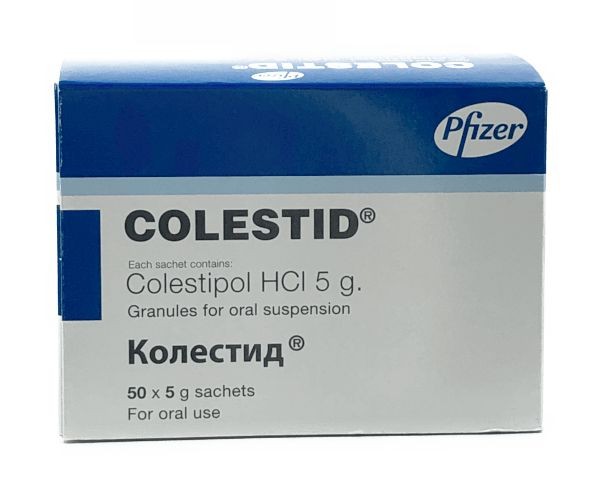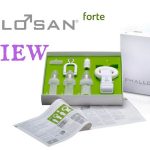
colestipol tablet – oral, Colestid
Medication UsesHow To UseSide EffectsPrecautionsDrug InteractionsOverdoseNotesMissed DoseStorage
USES: Colestipol is used with a proper diet to lower cholesterol in the blood. Lowering cholesterol helps decrease the risk for strokes and heart attacks. Lifestyle changes that may help this medication work better include exercising, losing weight if overweight, and stopping smoking. Consult your doctor for more details. This medication is a bile acid-binding resin that works by removing bile acid from the body. In people with high cholesterol, this causes the liver to make more bile acid using cholesterol in the blood, which helps lower cholesterol levels. HOW TO USE: Take this medication by mouth as directed by your doctor, usually 1 to 2 times a day. If your dose is more than 1 tablet, take the tablets one at a time. Take each tablet with plenty of liquid (such as water, juice). Swallow each tablet whole. Do not crush, chew, or break the tablets. If you have difficulty swallowing the tablet whole, consult your doctor. The dosage is based on your medical condition and response to treatment. To reduce your risk of side effects, your doctor may direct you to start this medication at a low dose and gradually increase your dose. Take this medication regularly at the same time(s) each day. Continue taking it even if you feel well, as most people with high cholesterol do not feel sick. SIDE EFFECTS: Constipation, stomach/abdominal pain, gas, nausea, and vomiting may occur. If any of these effects persist or worsen, tell your doctor or pharmacist promptly. To prevent constipation, eat a diet adequate in fiber, drink plenty of water, and exercise. If you become constipated while using this drug, consult your pharmacist for help in selecting a stool softener and/or a laxative. Tell your doctor immediately if any rare but serious side effects occur, such as difficulty swallowing, chest pain/pressure, severe stomach/abdominal pain, unusual bleeding/bruising, rapid breathing, or confusion. Seek immediate medical attention if you notice any symptoms of a serious allergic reaction, such as rash, itching/swelling, severe dizziness, or trouble breathing. This is not a complete list of possible side effects. Contact your doctor or pharmacist if you notice other effects not listed above.


